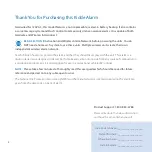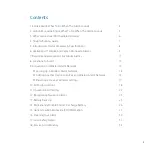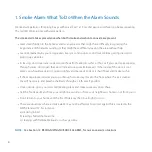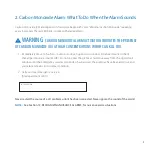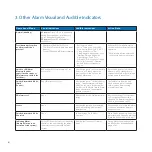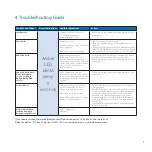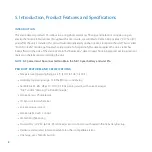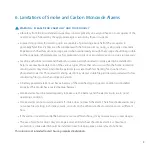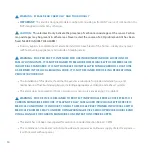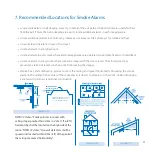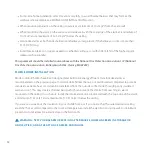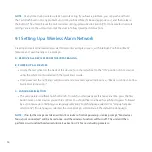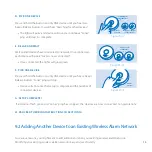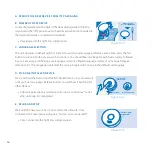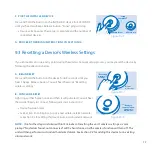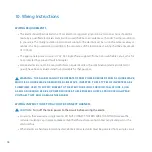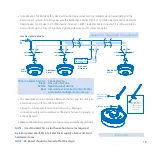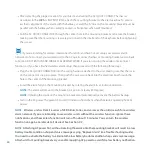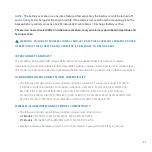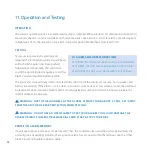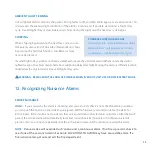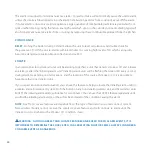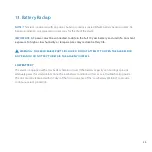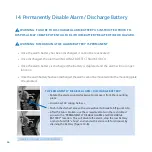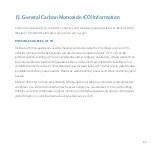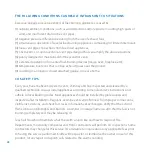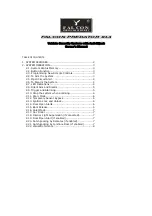
13
8. Locations to Avoid
•
In the garage. Products of combustion are present when you start your automobile.
•
Normal cooking may cause nuisance alarms. If a kitchen alarm is desired, it should have an alarm silence
feature or be a photoelectric type.
•
Do not install within 1.8 m (6 ft) of heating or cooking appliances.
•
Less than 10 cm (4”) from the peak of an “A” frame type ceiling.
•
In an area where the temperature may fall below 4.4°C (40°F) or rise above 37.8°C (100°F), such as garages
and unfinished attics.
•
In dusty areas. Dust particles may cause nuisance alarm or failure to alarm.
•
In very humid areas (above 95% RH, non-condensing). Moisture or steam can cause nuisance alarms.
•
In insect-infested areas.
•
Smoke alarms should not be installed within 0.9m (3 ft) of the door to a bathroom containing a tub or shower, forced
air supply ducts used for heating or cooling, ceiling or whole house ventilating fans, or other high air flow areas.
•
Near lights. Electronic “noise” generated by the electronics may cause nuisance alarms.
•
Do not install near vents, flues, chimneys or any forced/unforced air ventilation openings.
•
Do not install near fans, doors, windows or areas directly exposed to the weather.
9. Activation and Wireless Alarm Network
Upon initial power being applied (from rotating onto mounting
plate or moving the red activation wheel to the “ON” position - see
Figure 9.1-B) these units are ready to connect to a network.
Figure 9.1-B
ON
ACTIVATION
TOOL


